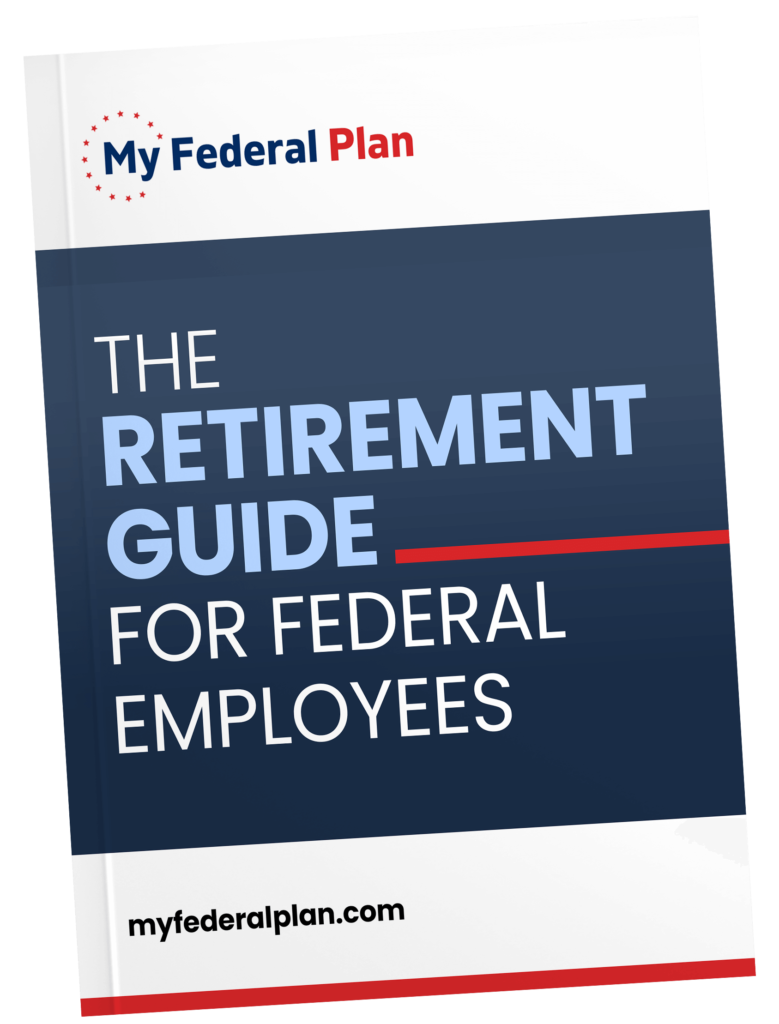If you are a service member in the military, then aside from having many benefits, you’ll also have access to Thrift Service Plan (TSP). TSP is administered by the Federal Retirement Thrift Investment Board (FRTIB).
TSP works like a 401(k) retirement plan for federal employees and military members, which makes it easier to invest coming from your salary. It also charges a much lower average net expense compared to private sectors and gives tax benefits.
But how can you make the most of your retirement savings opportunity using TSP? Here’s what you should do.
Register for TSP
Being part of the Blended Retirement System (BRS) and an official member of the uniformed services allows you to be automatically registered in TSP as long as you have completed the 60 days of service.
During your service, you are contributing 1 percent of your basic pay every month under your TSP account name. This means that it will automatically deduct a part of your basic salary from your paycheck every month and then deposit it directly into your TSP account. This process is called a Service Automatic Contribution, which you will get as retirement pay, not as a monthly salary. After two years, you become an eligible candidate for matching contributions.
Now if you are not covered by BRS, but you are a member of the uniformed services, then you may register for TSP via your electronic payroll system, which is usually Direct Access or myPay.
Learn More about Your TSP Options
There are two options for your TSP in terms of tax treatments: Traditional or Roth.
- Traditional Contributions
This type of contribution is made before your taxes are deducted. The invested money reduces your taxable income or your adjusted gross income and accumulates tax-deferred until you withdraw the money for retirement.
In traditional contributions, you invest small amounts with each paycheck, allowing you to manage your savings more effectively. And since you have tax-deferred savings, there will be less impact on your take-home pay as compared to the total amount of your contributions. You can use a Savings Calculator to compute the growth your contributions will get over time.
- Roth Contributions
This type of contribution comes after the tax has been deducted, which significantly decreases your take-home pay but will not affect your reported gross income to the IRS.
You will also have tax-free qualified withdrawals. Now, to become qualified, you should be permanently disabled or at least 59 and a half years old or older and your Roth TSP account should be open for at least 5 years.
Take note that you won’t have to pay taxes on the amount you paid in TSP (contributions portion) when you make any withdrawals. But you are required to pay taxes on the earnings portion of any withdrawals, with a 10 percent penalty if you are not qualified.
You can choose to combine the two types of contributions into your TSP account, but the total amount of these contributions should not exceed the annual deferral limits determined by the IRS.
Think About How Much You Want to Contribute
You need to choose how much you would like to contribute every year to your TSP. You could also consider giving up to the maximum amount known as the elective deferral limit.
This only applies to the combined contributions of Traditional and Roth. However, this limit is not applicable to the traditional contributions of members of the uniformed services.
When you turn the age of 50, you can make additional contributions beyond the deferral limit. Through this, you will have a chance to put away the extra money allotted for retirement.
Choose Your Investments
You have a lot of investing options in TSP. You can choose index funds, short-term US Treasury Securities, or Lifecycle (L) funds. An L fund provides you a portfolio made from a combination of your other funds, allowing you to allocate your investment to a more conservative option depending on when you need to use your money.
L fund is preferred by many because it automatically allocates your funds based on your planned date of retirement and your age.
Conclusion
It is important that you save up for your retirement. And TSP allows you to save more money so you can have a stable and secured financial future as you age.
My Federal Plan offers free consulting on federal employee retirement planning. If you wish to learn more about TSP contributions, book us a call today.

